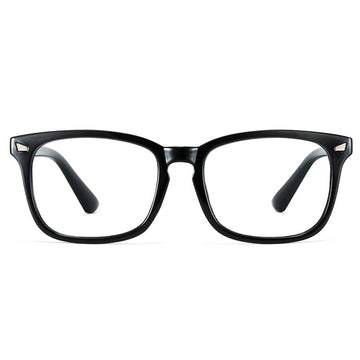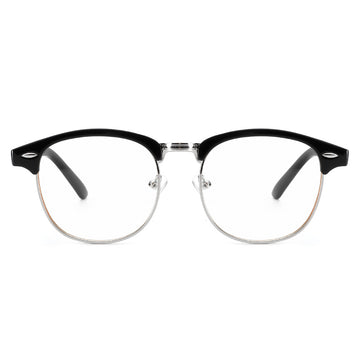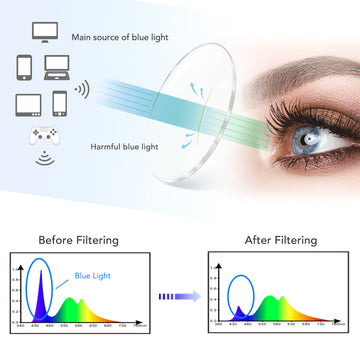How to read your eyeglasses prescription

So, you've just had an eye exam and your eye doctor has given you an eyeglass prescription. He or she probably mentioned that you are nearsighted or farsighted, or perhaps you have astigmatism.But what do all those numbers on your eyeglass prescription mean? And what about all those abbreviated terms, such as OD, OS, SPH and CYL?
What OD vs OS mean
The first step to understanding your eyeglass prescription is knowing what "OD" and OS" mean. They are abbreviations for oculus dexter and oculus sinister, which are Latin terms for "right eye" and "left eye."
Your eyeglass prescription also may have a column labeled "OU." This is the abbreviation for the Latin term oculus uterque, which means "both eyes."
On your eyeglasses prescription, the information for your right eye (OD) comes before the information for your left eye (OS). Eye doctors write prescriptions this way because when they face you, they see your right eye on their left (first) and your left eye on their right (second).
Other parts of your eyeglasses prescription. Your eyeglass prescription contains other terms and abbreviations as well. These include:
Sphere (SPH). This indicates the amount of lens power, measured in diopters (D), prescribed to correct nearsightedness or farsightedness. If the number appearing under this heading has a minus sign (–), you are nearsighted; if it has a plus sign (+), you are farsighted.
Cylinder (CYL). This indicates the amount of lens power for astigmatism. If nothing appears in this column, you have little or no astigmatism that requires correction.
The number in the cylinder column may be preceded with a minus sign (for correction of nearsighted astigmatism) or a plus sign (for farsighted astigmatism). Cylinder power always follows the sphere power in an eyeglass prescription.
Axis. This describes the lens meridian that contains no cylinder power to correct astigmatism. The axis is defined with a number from 1 to 180.
Add. This is the added magnifying power applied to the bottom part of multifocal lenses to correct presbyopia. The number appearing in this section of the prescription is always a "plus" power, even if it is not preceded by a plus sign. Generally, it will range from +0.75 to +3.00 D and will be the same power for both eyes.
Sphere power, cylinder power and add power always appear in diopters. They are in decimal form and generally are written in quarter-diopter (0.25 D) increments.
Axis values are whole numbers from 1 to 180 and signify only a meridional location, not a power. When prism diopters are indicated in decimal form, typically only one digit appears after the period (e.g., 0.5).
{Prism}:A prism is a 3D triangle. Picture a mini Egyptian pyramid and you’re on the right track. At their core, all prescription lenses are made of prisms. The main function of a prism is to bend light, and that is exactly what prescription glasses do.
Additional Information. Your eye doctor also might write specific lens recommendations on your eyeglass prescription — such as anti-reflective coating, photochromic lenses and/or progressive lenses — to give you the most comfortable vision correction possible.
Cyxus provide professional prescription glasses. Please click and choose the one you like.











